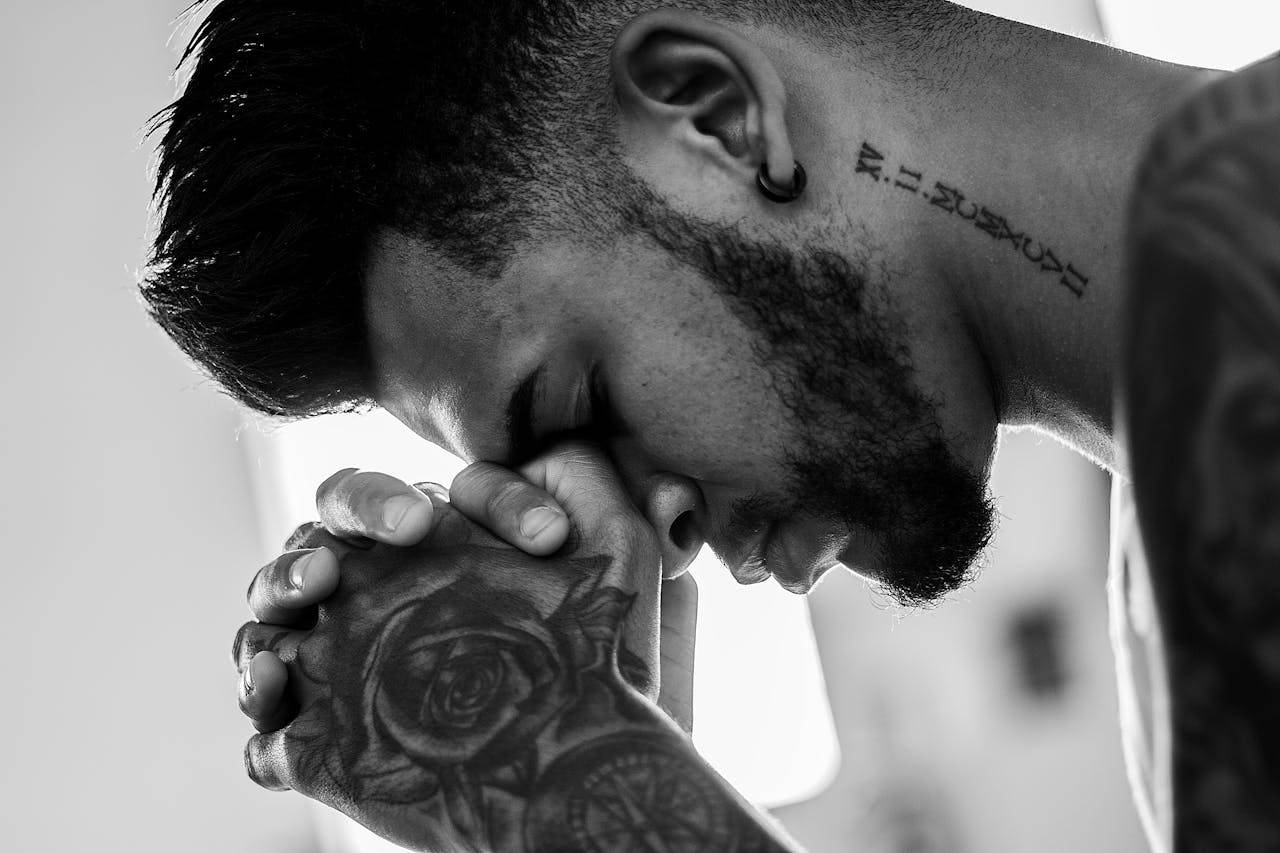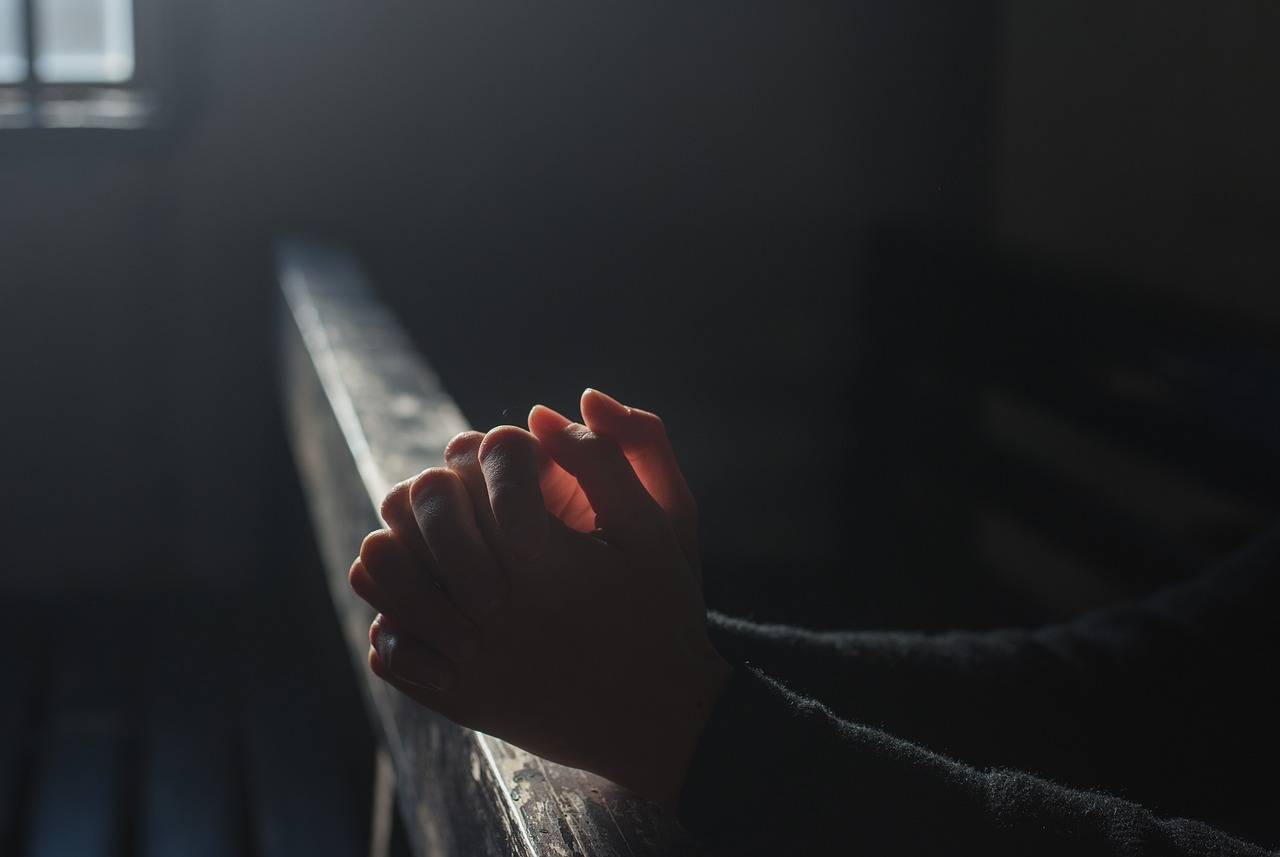The response of the wider world to the abominable murder of Father Jacques Hamel has been in many ways encouraging. As a society, we can still be horrified by the senseless and violent death of a priest. The fact that it happened during an act of worship in a church, symbol of God’s peace, is the cause of particular revulsion as an unacceptable violation of a sacred boundary.
Whatever people think of religion there is still a recognition that most priests are good men, living lives of sacrifice and community service.
It is understandable, too, that in the wake of the attack and public concern, counter-terrorist forces have issued advice to the UK’s 47,000 churches urging them to take extra precautions.
Neil Basu, the Metropolitan Police’s deputy assistant commissioner has written to all churches to ask them to review their security procedures and to issue them with specific advice. Daesh, he said, now appear to be targeting Christian, as well as Jewish and other faith groups in the West and beyond. There are no specific warnings, but “these are troubling times and it makes sense for all church leaders to review their security plans and to encourage their flock to be vigilant.”
Yet it is hard to know precisely what measures the clergy are supposed to take in order to protect and defend themselves, their congregation and their buildings against individuals with a murderous intent. The celebration of Mass is, and will always be, an event to which all members of the general public are invited to attend, regardless of their religious denomination.
The advice issued by the National Counter Terrorism Security Office (NaCTSO) recognises this and is therefore generic in nature. Churches are simply reminded that acts of terrorism are a distinct possibility and so they are urged to adopt various industry standards in common with businesses — good practices involving safety, security and disaster management. Everyone knows that absolute security is impossible, and that compromises are always necessary; but the idea is to reduce the risk to as low as is reasonably practicable.
While churches in the UK cannot be equated with the world of business and commerce, they are registered charities often with offices and services attached that employ people in administrative and pastoral roles. That means that many of them are already adhering to the same standards of best practice expected in any other secular workplace open to the public. And whether or not they have employees, churches need to hold public liability insurance, which means that they will have already received professional advice to ensure that they are not in breach of any health and safety legislation — something which dioceses are stringently overseeing and enforcing.
Ask any Catholic or Church of England clergy and most will confess that managing the raft of regulations involved in running a parish is something of a chore. The call to follow Christ is no longer simply about evangelisation and preaching the message of the Good News, offering comfort, solace, sanctuary and the sacraments, but these days also involves ensuring that the kind parishioner who volunteers to put the bunting up at the bazaar has had the relevant health and safety training in order to be able to use a ladder safely.
Nor is the threat of violent attack, vandalism, theft and desecration anything new. Priests have been assaulted, sometimes fatally, over the years, and most take sensible precautions to protect themselves.
I have an unusual window onto this because I am married to a Catholic priest. My husband has always accepted that his vocation leaves him vulnerable to violence, and this was a risk and responsibility that I knew I was taking on in marrying him, conscious that this would have implications, too, for our children.
On one occasion during my husband’s ministry as an Anglican vicar, our front door was kicked in by a homeless man angry that we could only offer him food and shelter rather than the hard cash he demanded. On another occasion, a regular in-patient at a local psychiatric unit would break into our garden with her pet dog in a child’s pram and stand peering into our windows, sporadically shouting abuse until she was removed.
Within a few months of being ordained a Catholic priest, my husband found another disturbed person wandering around my car attempting to exorcise it from demons. She later attempted to force her way into the house, flanked by two ambulance men.
There is a good reason why the Catholic church does not traditionally see the vocation of priesthood as compatible with marriage and family life. But a celibate priesthood means most Catholic priests face these threats alone.
But this is not just an occupational hazard. Vulnerability is hard-wired into priesthood; it’s what acting in the person of Christ means: Jesus, after all, faced constant physical threats, but never took up arms or allowed his disciples to be bodyguards. It’s the sign priests give.
That is why it is difficult to see what else the Church can or should do. Metal detectors and armed security guards frisking attendees at the doors to every Mass would irrevocably alter the nature of the Church’s interaction with the community, even if it were to be financially feasible.
But perhaps more importantly, it is exactly what ISIS wants — for us to be afraid, and to react the way frightened people do. And it would validate the way ISIS views the world. Christianity is not at war with Islam, but to turn our churches into fortresses against the possibility of an attack by people crying Allu Akhbar! would soon make it look as if it were.
There are no specific threats to the UK’s Christian congregations beyond those that exist already to the nation as a whole. Suddenly to adopt draconian security measures would send a message of fear, deterring vulnerable and elderly members of the congregation and those most in need of the consolation of the sacraments and the company and fellowship of others. ISIS would have won an important battle.
As for protecting priests in particular, it would soon set them apart from the people whom they are supposed to live amongst and serve. It would create an atmosphere of fear, distrust and clericalism. Following a threat from jihadists to target the Vatican in November last year, Italy’s Civil Aviation Authority took the sensible precaution of banning drones from the airspace directly above the Vatican.
But Pope Francis said that, “If the door of God’s mercy is always open, even so must be the doors of our churches, the love of our communities, our parishes, our institutions, our dioceses, for when they are, we can all go out to bring this mercy of God to those who most need it.”
The news of the attack which took place in a provincial French village, rather than in the cities of Paris, Marseille, or Nice, cut very close to home, as it was intended to. An elderly priest at the altar in a quiet rural suburb, saying a weekday Mass with a handful of parishioners, was easy for me to relate to. It felt as though it could just have easily been my husband and the small group of mainly elderly parishioners who attend daily Mass in our church.
But rather than let our fear and horror make us reach for ever more security, we should use this moment to recall the horror faced by Middle-Eastern Christians on a daily basis, something shamefully ignored by our media. This is the true face of Christian persecution and martyrdom, accepting calmly that we may all meet a gruesome fate simply as a result of peacefully loving and serving the Lord.
My husband’s response as a priest to all this is to say that one cannot permanently live in a state of fear and terror. As Christians we need to be prepared to face the Lord at any time and to remember that as St John reminds us, perfect love drives out all fear.
Knowing that, and accepting it, is what connects us to the death of Jesus. The killers of Father Hamel were attempting to humiliate him, in the same way as those who crucified Jesus. Both failed. The final result is not fear, terror, hatred and revenge, but the glory of the Cross.
There is a further symbolism in that Father Hamel, the first Western priest to be martyred in Europe by ISIS, died serving a town and a church named in honour of St Etienne, or in English, St Stephen – the protomartyr of Christianity.
The best thing Christians, or indeed anyone can do to stand up to this type of attack, is to fill churches and to joyfully participate in the liturgy, rather than to grant the terrorists’ wish to polarize and set faith communities against each other.
The Church’s mission is motivated by love, and to love is to open ourselves up to vulnerability. However fearful we become, we won’t let anyone take that away.















